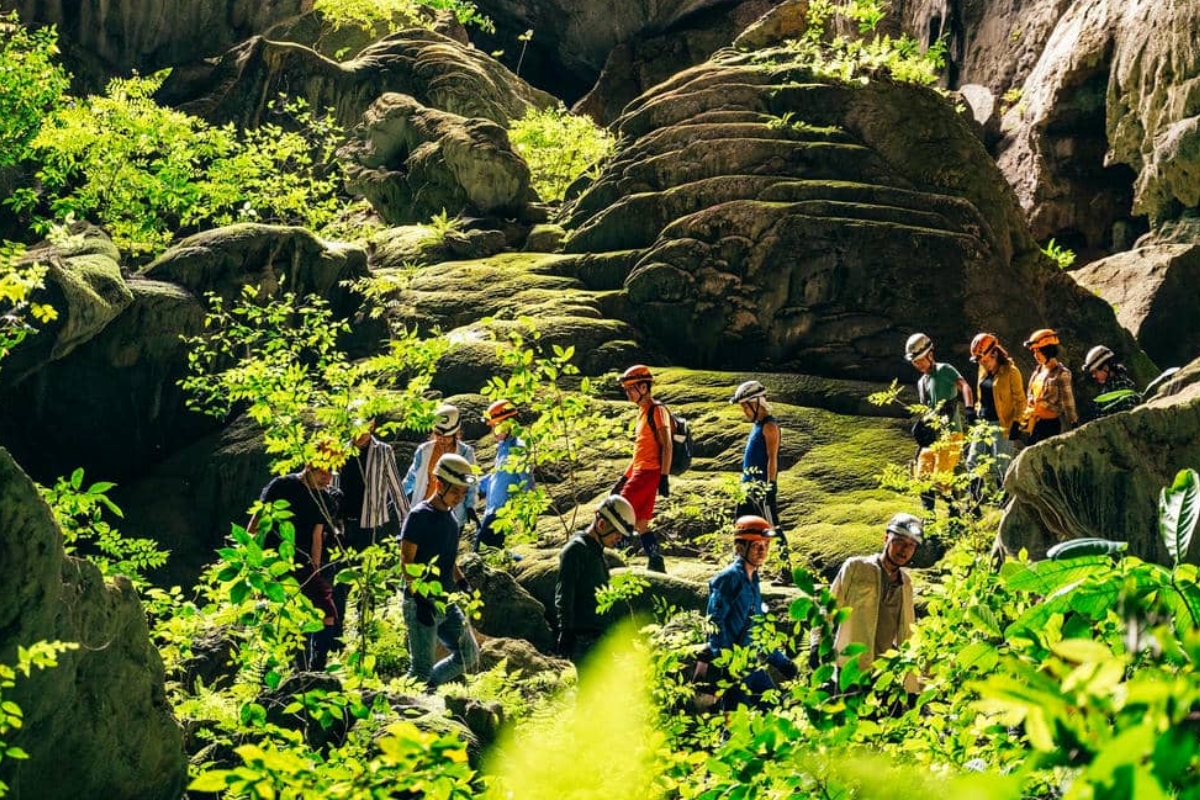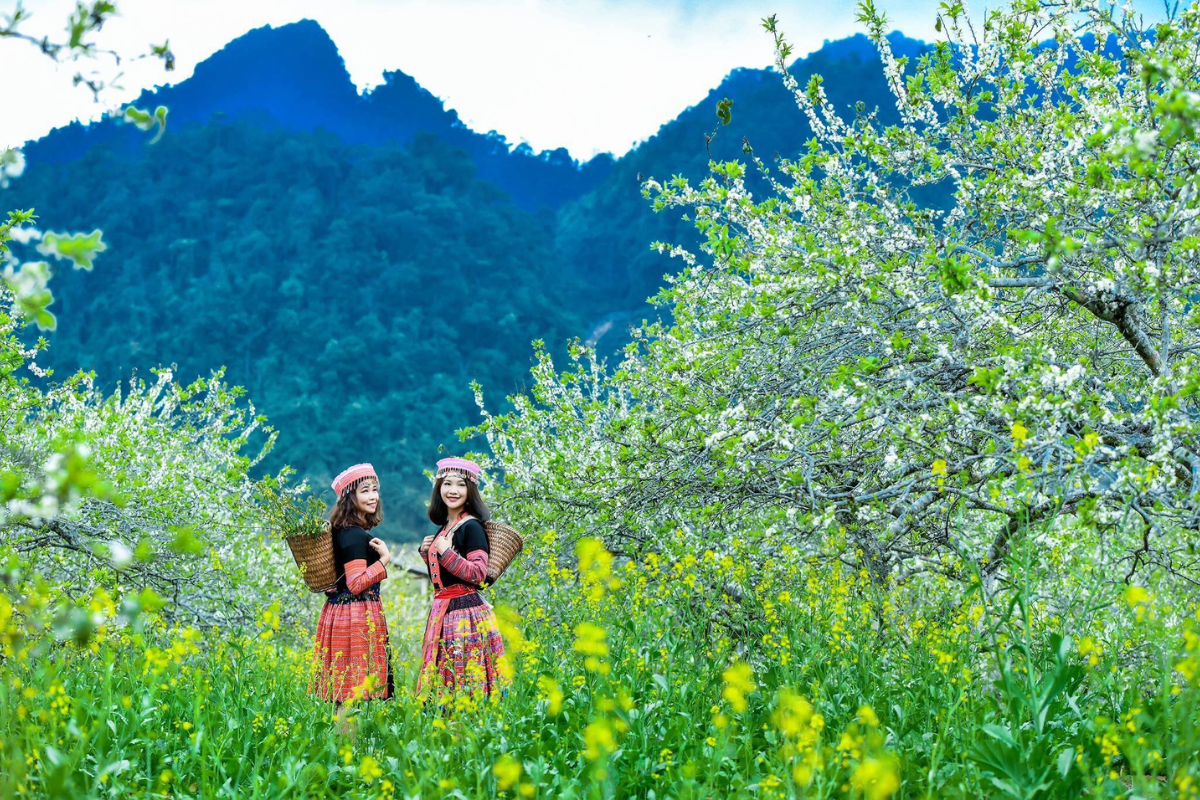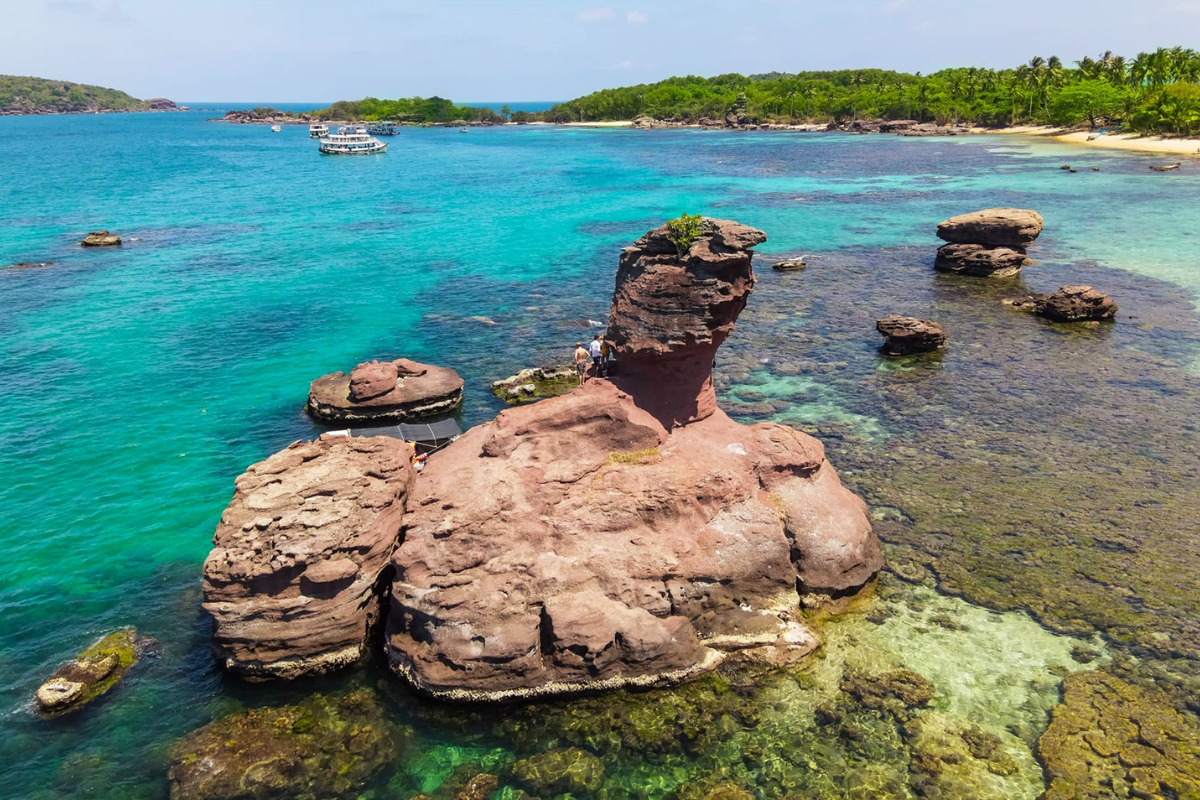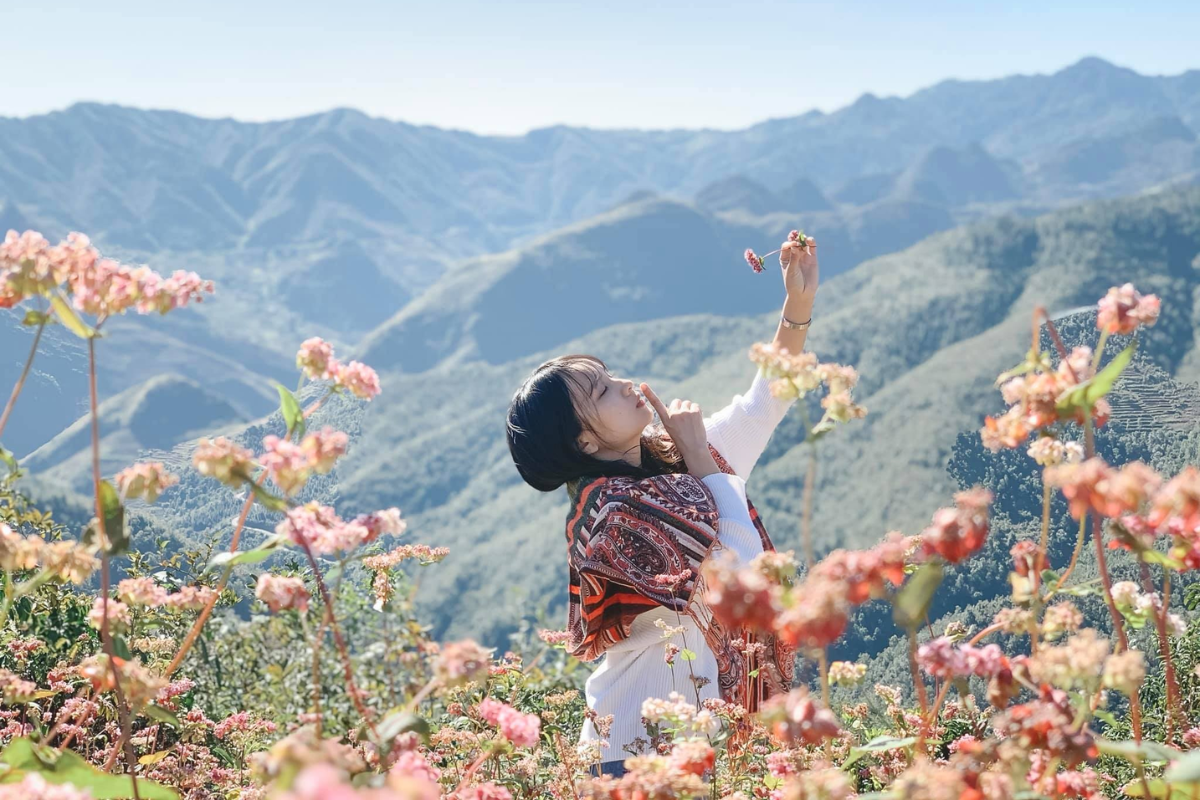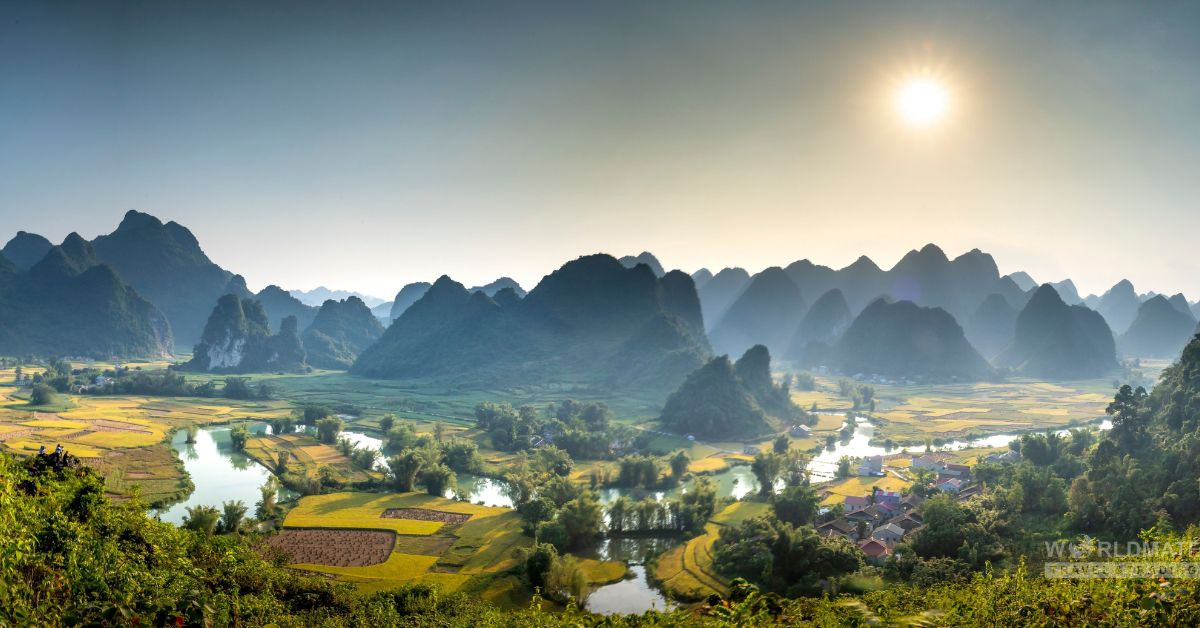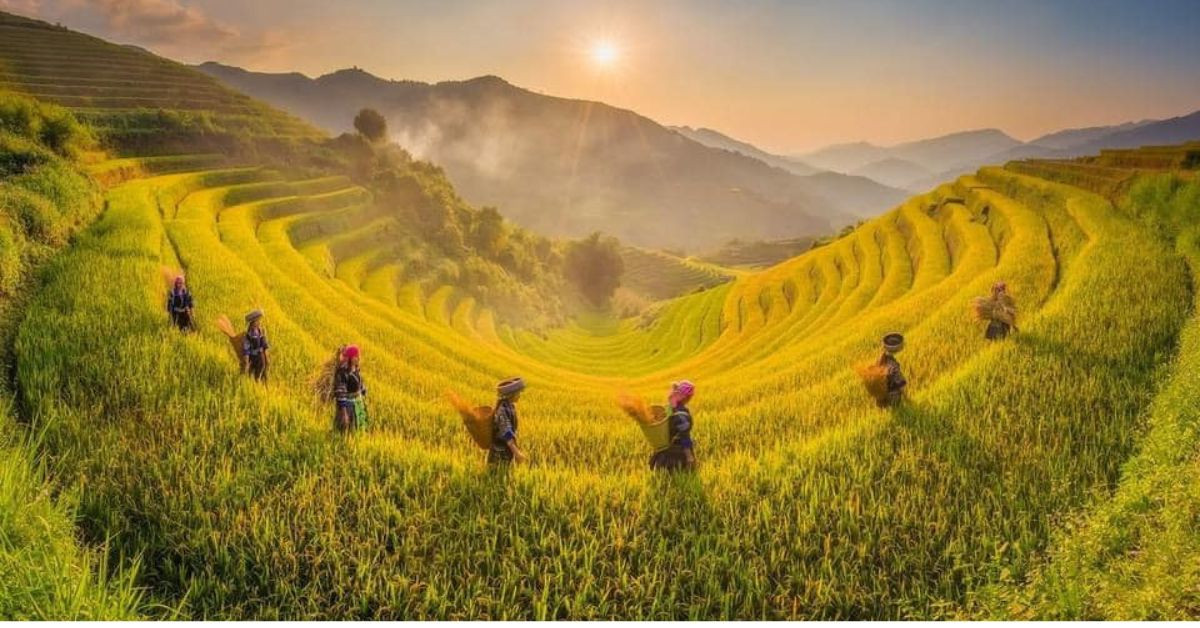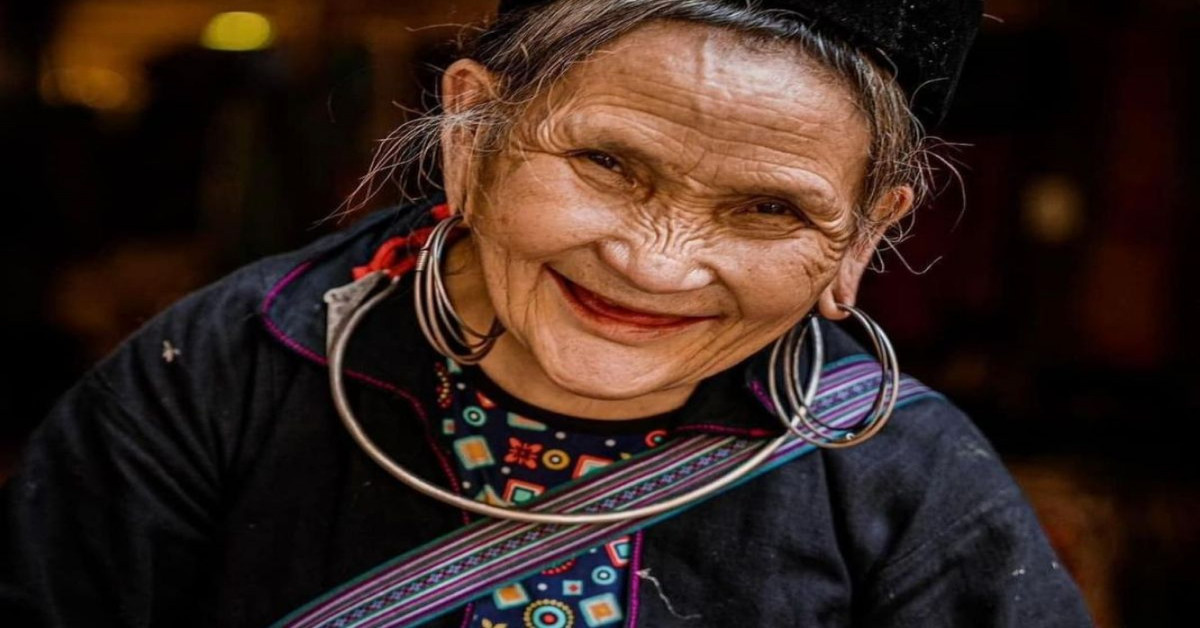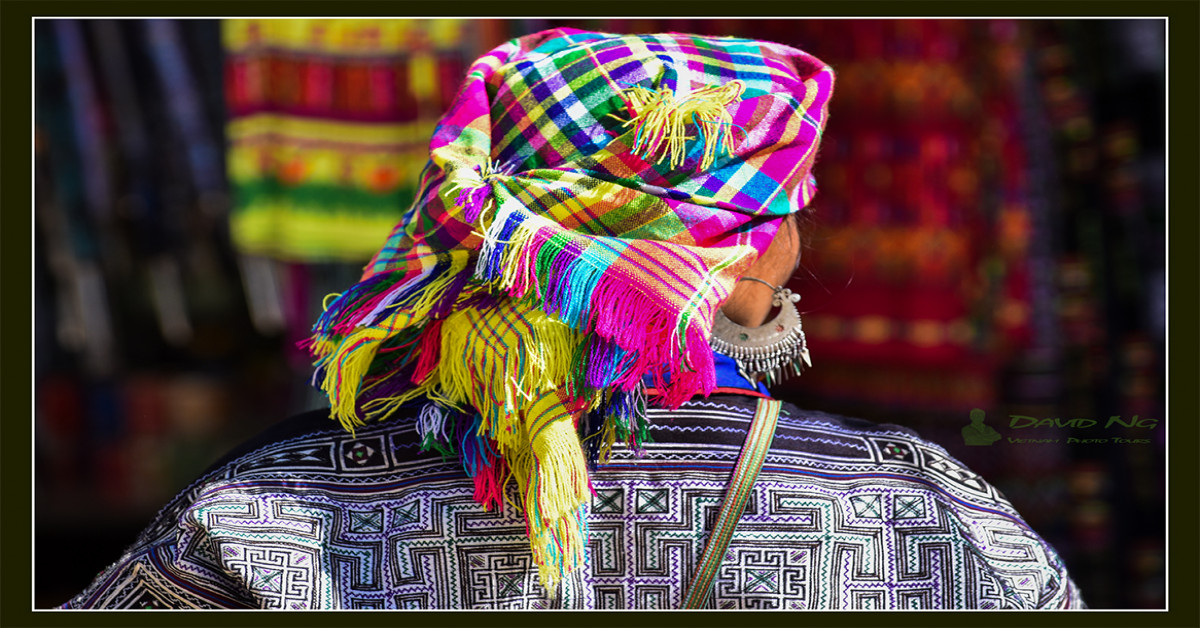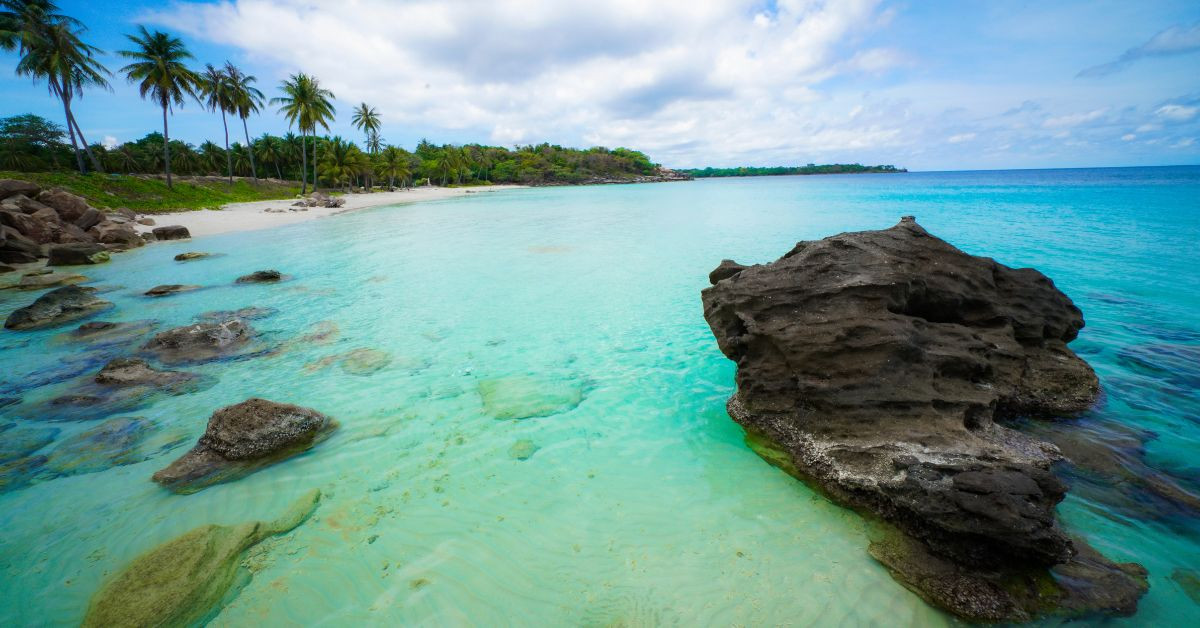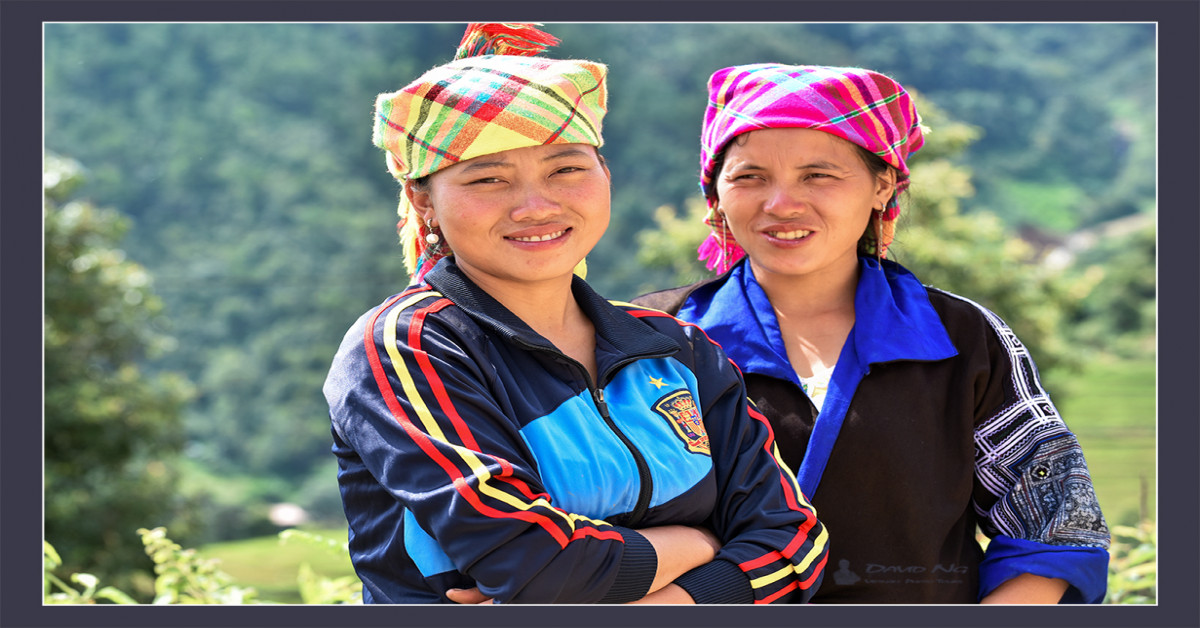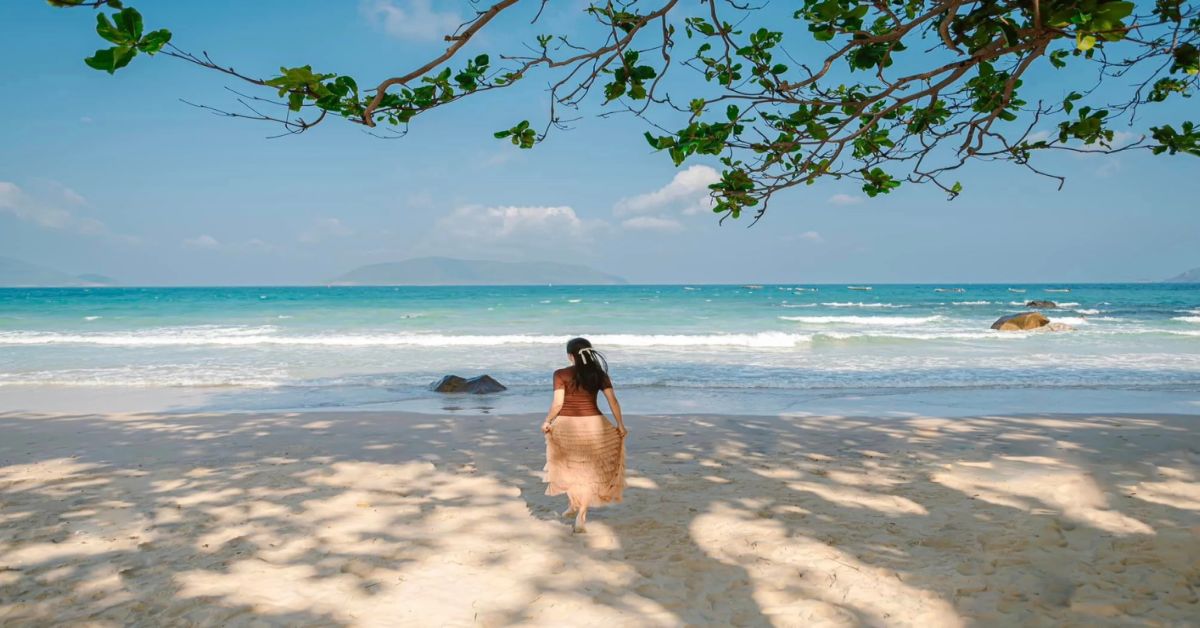Discover the Ethnic Diversity of Sapa
Nestled in Vietnam’s mountainous northwest, Sapa is a captivating destination known not only for its dramatic landscapes but also for its vibrant cultural mosaic. Home to several ethnic minorities, the region is rich in heritage and tradition. Among them, the Black H’mong, Red Dao, and Giay are the most prominent groups, each contributing uniquely to Sapa’s cultural identity.
Black H’mong Minority
The Black H’mong represent the largest ethnic group in Sapa, accounting for approximately 53% of the population. Historically, they originated along the Yangzi River in China and migrated south due to conflict with the Han people. The earliest H’mong settlers arrived in the Hoang Lien Son mountain range around 300 years ago.
Despite the challenging terrain and poor soil quality, the H’mong have mastered terraced rice farming, passing down their techniques through generations. These impressive fields allow for two harvests annually. The distinctive dark attire of the Black H’mong — featuring indigo-dyed fabric, beeswax-treated coats, and embroidered details — sets them apart. Notably, women wear knee-length shorts instead of skirts and wrap bands around the hems.
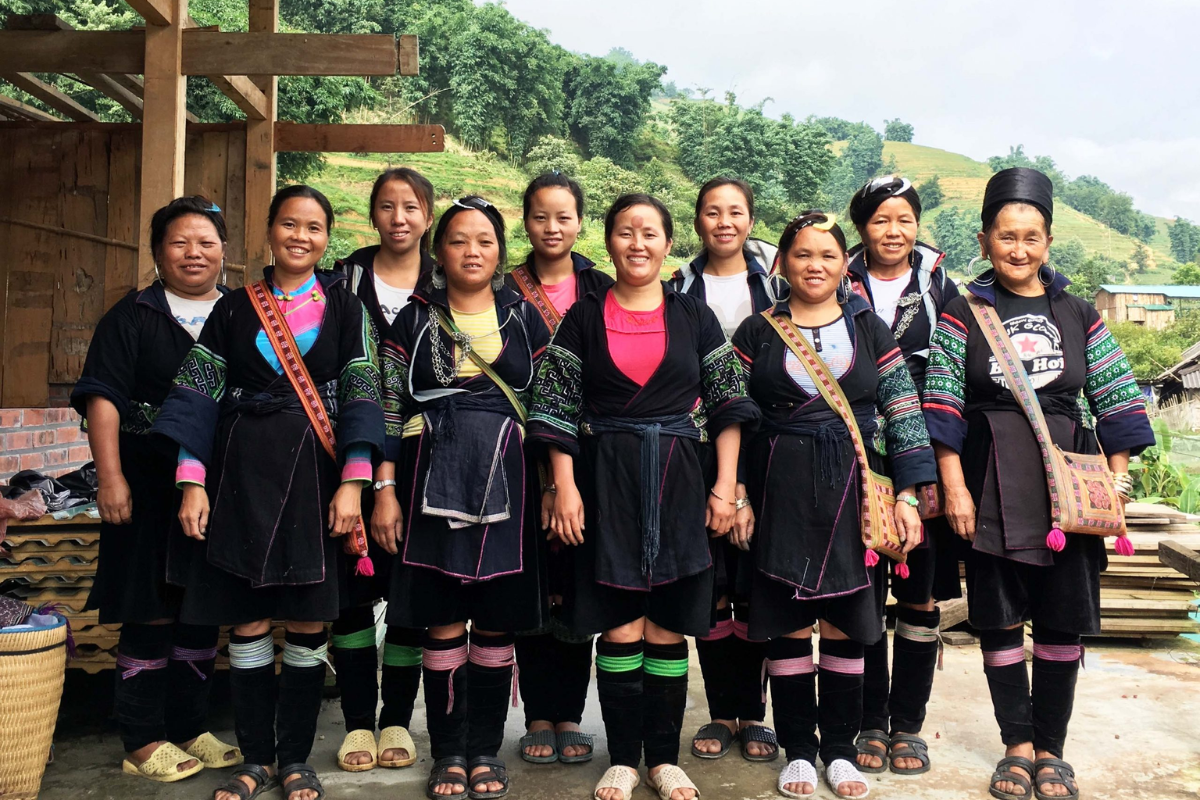
The Gau Tao Festival, held on the 12th of January, is their most significant event, featuring archery, horse racing, pan-pipe dancing, and martial arts performances. Visitors can explore H’mong villages like Cat Cat, San Sa Ho, Ta Giang Phinh, and Seo Mi Ty, where traditional cuisine such as corn wine, horse organ soup, and fermented tofu offers a true taste of local life.
Red Dao Minority
The Red Dao form the second-largest ethnic group in Sapa. Sharing roots with the H’mong in Yunnan, China, they began migrating to Vietnam from the 13th century through to the 1940s. Today, they predominantly reside in Ta Phin, Nam Cang, Thanh Kim, and Trung Chai.
Though closely related to the H’mong, the Red Dao have distinct traditions. They prefer living in valleys or lower mountain slopes to grow rice, corn, and black cardamom. Women are easily recognized by their elaborate red headscarves, indigo jackets adorned with red and white embroidery, and a tradition of shaving their eyebrows and front hairlines for beauty. Their written language, Nom-Dao, is an ancient script derived from Chinese characters, now mostly understood by elders.
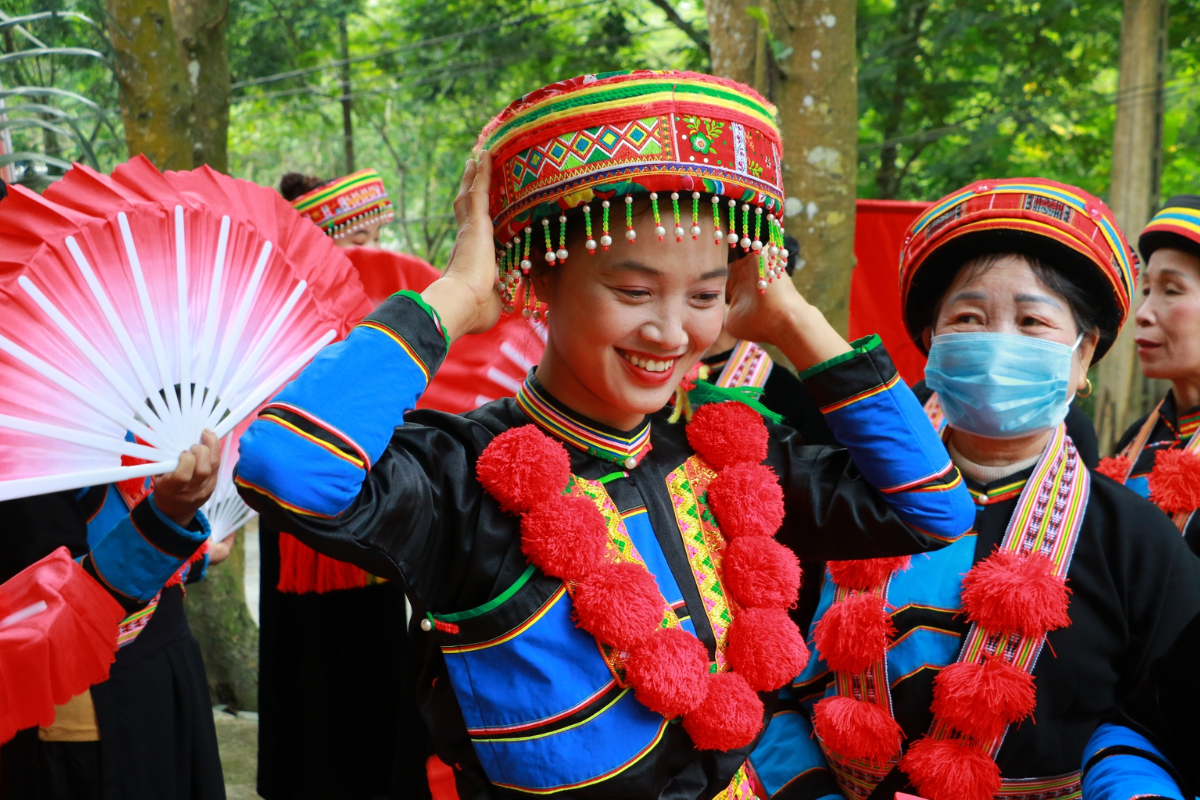
The Dao revere dogs as sacred ancestors and follow unique customs — such as preserving hair from the top of children’s heads to protect their souls, and prohibiting unmarried couples from taking photos together. Popular Dao festivals include the Dancing Tet Festival (January 1–2) and the Poetic Exchange Festival (January 10) in Ta Phin village, a hub for brocade weaving and medicinal herbal baths that tourists often enjoy.
Giay Minority
The Giay are a smaller ethnic group related to the Tay-Thai minorities. With an estimated national population of 25,000, only about 2% live in Sapa, mainly in villages around Ta Van and Lao Chai.
The Giay traditionally cultivate wet rice on flat, terraced fields — once harvesting only once per year. Community cooperation is key, with villagers helping one another during planting and harvesting seasons. Animal husbandry is also common, including chickens, ducks, horses, and buffaloes.
Giay clothing is more understated than that of other ethnic groups, featuring subtle patterns and simple designs. Their homes are built with earthen floors, wooden walls, and central altars. Rich in oral traditions, the Giay preserve numerous legends, folk songs, and proverbs. Their poetic exchanges, especially during funerals, weddings, and festivals like Giong Pooc (held after Tet), are culturally significant and socially unifying.
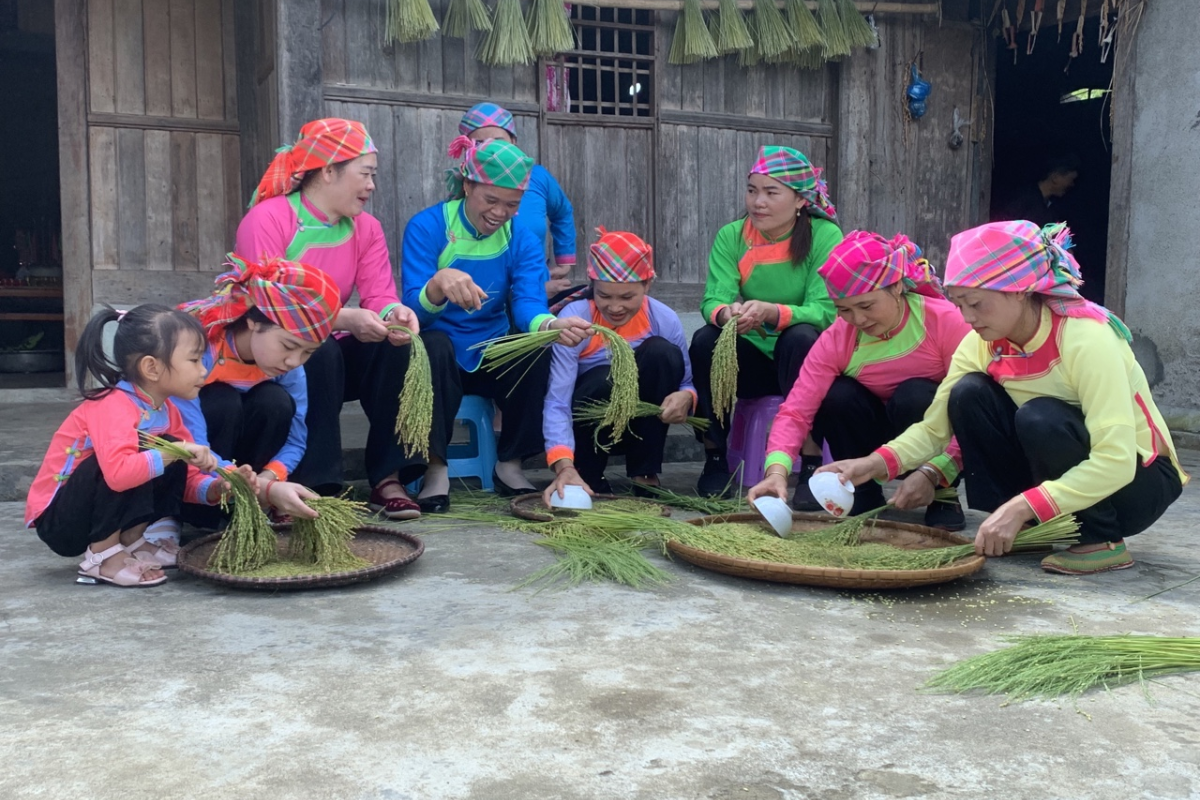
Conclusion
Sapa is not just a place of breathtaking scenery but a living museum of Vietnam’s ethnic diversity. From the industrious Black H’mong to the spiritual Red Dao and community-focused Giay, each group offers an immersive cultural experience. Exploring their villages, observing their customs, and participating in local festivals allows visitors to connect deeply with the soul of Sapa and the proud heritage of its people.
-------------------------------------------
We hope this information about the ethnic groups in Sapa enriches your journey and helps you create unforgettable memories during your authentic experience in Vietnam. For a truly immersive adventure, contact World Mate Travel, your trusted Vietnam travel agency!
Contact Us:
Email: sales@worldmatetravel.com
WhatsApp: +84988660505

